Content from the Brookings Institution India Center is now archived. After seven years of an impactful partnership, as of September 11, 2020, Brookings India is now the Centre for Social and Economic Progress, an independent public policy institution based in India.
The Indian banking system is beleaguered with non-performing assets (NPAs). According to the Reserve Bank of India’s Financial Stability Report of December 2017, they currently stand at 10.2 per cent of all assets, while stressed assets, which are believed to be NPAs in effect, stand at 12.8 per cent. Related frauds amount to INR 612.6 billion in the last five financial years and governance failures on account of integrity and competence issues plague the banking system.
Brookings India recently organised a roundtable in Mumbai on NPA resolution; participants ranged from a former Deputy Governor of the RBI, to bankers from public and private sectors, asset reconstruction companies to rating agencies, IMF representatives to financial journalists and academics. In a wide-spanning discussion, a few key themes emerged: the privatisation and governance of public sector banks, the governance and regulatory practices of the RBI and reengineering of banking practices.
i) Public Sector Banks:
Public Sector Banks (PSBs) constitute over 70 per cent of the banking system and are in a state of crisis. Participants believed that fundamental reforms tended to happen when crisis hit and this was an opportune moment for such reforms and expressed optimism that this was likely under this government.
- Privatisation: Nationalisation of banks in the 1970s was undertaken by then Prime Minister Indira Gandhi. The “original sin” as it was called, was considered necessary at the time, given the collusion between industry and finance then. South Korea is another example where state-owned banks have disciplined chaebols, rather than capitulating to political pressure. PSBs have led to a financial deepening in the country. That said, the umbilical cord connecting the PSBs to politicians and bureaucrats, which in turn stems from the ownership structure of PSBs, has led to several inefficiencies including (i) disempowered boards, (ii) muted incentives for senior management to effect organisational change, (iii) cloning of PSBs and the resultant systemic risks due to continual bureaucratic meddling, (iv) external vigilance enforcement causing paralysed decision-making, on the one hand, and widespread frauds and endemic corruption, on the other hand, (v) opacity at various levels, as well as (vi) distortions in human resource management. Diversified market ownership could bring market discipline to PSBs. Options for privatisation include the following:
- Bank Holding Company structure: The bank holding company (BHC) structure recommended by the P.J. Nayak Committee, among others, involves divesting the government’s shareholding to below 52 per cent and routing it through a holding company. This one level of distance would not help unless the BHC was itself professionally managed.
- Sovereign Wealth Fund: Rather than the proceeds of privatisation going to the Consolidated Fund of India, a sovereign wealth fund could be created which is professionally managed. This could help “trickle down” good governance practices to PSBs.
- Hive off social sector lending vehicle: The political economy of privatisation remains complex, at least in part because of social sector lending programmes routed through PSBs. Accordingly, it may be useful to consider hiving off all agricultural and social sector lending into a separate entity which may be government owned and controlled and allow the corporate lending part of the PSBs to be privatised. There is an economic rationale for this as well. PSBs (and indeed all banks) are required to lend 40 per cent of their assets to “priority sectors.” Priority Sector Lending (PSL) is deemed unprofitable for several banks leading to a “PSL drag.” On the other hand, microfinance non-banking finance companies (NBFC MFIs) have a cap on their earnings margins. Accordingly, the decoupling of PSL and market lending may allow market distortions in both these sectors to be corrected.
- Recapitalise, Reform and then privatise: PSBs in their current state of impaired balance sheets are unlikely to find any takers. By the same token, recapitalising PSBs repeatedly creates moral hazard issues. Recapitalisation and governance reform can enhance market valuations of PSBs and should lead to a path for privatisation without accusations of “selling off the family silver.”
- Single Big Bank? The idea of a single large PSB mimicking the Life Insurance Corporation of India model in the insurance space may be considered, but such an entity could create serious distortions, such as moral hazard stemming from the too-big-to-fail syndrome, with the next biggest bank being on-fourth its size.
- “Bad Bank”: The idea of a single bad bank where the NPAs of all PSBs may be transferred as a silver bullet to clean up PSB balance sheets must be rejected. Currently, 11 of 21 listed PSB banks are under RBI’s prompt corrective action framework and simply consolidating all NPAs would create an additional level of complexity.
The umbilical cord connecting public sector banks to politicians and bureaucrats, which in turn stems from the ownership structure of these banks, has led to several inefficiencies.
- Governance reforms: Privatisation is, however no panacea. There are multiple other governance reforms that must be undertaken in PSBs.
- Nayak Committee: Should privatisation not be on the table, the government should back the recommendations of the Nayak Committee. Presently, only lip service is being done to them by way of example, the Bank Boards Bureau (BBB) uses the nomenclature of the Nayak Committee but none of its substantive governance reforms have been implemented. For example, all the governance functions including selection of bank chairpersons continues to be controlled by the Ministry of Finance.
- Role, purpose and business strategy: PSBs suffer from a severe identity crisis and require business, not just financial, restructuring. They do not operate as commercial banks and do not have a coherent business strategy or vision. The Ministry of Finance must ascertain whether this is the best use of public money. It is crucial to clarify the role and purpose of PSBs and for them to concentrate on specific regions or business segments. By way of example, it is unclear why certain PSBs have branches in South Africa, why a Punjab-based PSB has branches in the North-East. The need for existence of each PSB must be clear and its business and expansion should follow that. This would also force an evaluation of whether PSL lending has been effective.
- Term lengths: The terms of bank chairpersons must be elongated in order to effect meaningful changes and to hold them accountable. Presently, it is observed that as the Chairpersons of State Bank of India (SBI) change, there is an NPA “bloat”- the outgoing chairperson tends to backload NPAs, which obscures the situation of PSB bank balance sheets. (For instance, SBI posted a loss of INR 24 billion in the last quarter on account NPA provisioning). Terms of chairpersons should align with the life of the loan, which would allow defaults to be detected and penalties to be meted out as required.
- Professionalise, Incentivise – Incentives for PSB personnel must be significantly augmented. The SBI chairman’s salary is equal to that of a fresh business graduate in an MNC bank. Better incentive structures will attract better talent.
Penalise for wrongdoing: Although vigilance mechanisms exist, lax enforcement means that wrongdoing is rarely penalized. For instance, the Chairman of Syndicate Bank who was bribed by the promoters of Bhushan Steel was in jail for barely a few months and has not been convicted as yet.
Rotation of staff: The Punjab National Bank fraud demonstrates the extent of operational and risk management failures in PSBs. Improvements to HR practices can help mitigate egregious behavior like frauds. For instance, PSBs tend to man the business verticals with the brightest talent and less competent staff in the inspection and supervision roles. If officers are rotated in these roles, this could not only strengthen the supervision of banks, it would also mean that staff on the business development side have experience in supervision and inspection and will therefore self-regulate better.
Credit appraisal, monitoring: Basic principles of credit appraisal and monitoring are obviated in PSBs and must be sharpened, to diagnose defects of capital, business purpose and character.
Public sector banks suffer from a severe identity crisis and require business, not just financial, restructuring.
ii) RBI governance and regulation
The RBI as a regulator has had qualified success in the face of structural impediments, including limited control over PSBs. RBI’s internal governance as well as its regulation of NPAs needs improvement.
- Subsidiarisation: The RBI may consider the Bank of England model of subsidiarising its prudential regulatory and supervision functions (the Prudential Regulatory Authourity and the Financial Conduct Authority). However, the recognition that lost synergies from such separation contributed to the global financial crisis demands caution.
- Strengthening supervisory capacity: RBI lacks supervisory capacity to conduct forensic audits and this must be strengthened with human as well as technological resources.
- Preventing Evergreening: RBI regulations have permitted banks to “ever-green” and in effect delay the recognition and therefore resolution of NPAs. RBI regulations must take away incentives of banks to kick the can down the road and “extend and pretend”. This has led to a seizure of new lending and the caving in of credit culture. The recent RBI circular does remove such incentives by ending all other schemes such as CDR that allowed evergreening, which would lead to fewer delays in provisioning. This in turn, would require the recapitalisation of PSBs, which must not be carried out without the reforms set out above.
iii) Reengineering of banking systems
- Secondary Market: A vibrant secondary market for NPAs is crucial. The lack of transparency in price of the assets is holding this back, as is the lack of autonomy in PSBs and the fear of vigilance action.
- Concurrent Audit: There is a real rot in the internal and concurrent audit systems of banks. The latter is intended to red flag risks in real time, but has failed and must be shored up.
- Diagnostics for willful default: Banks need better permanent diagnostics to get to the bottom of willful defaults. This can happen though (a) market intelligence; (b) funds flow analysis; and (c) financial analysis. Most promoters do not have sufficient “skin in the game” and rely entirely on bank borrowing.
- Using technology for maker-checker: Currently, the maker-checker systems require human intervention and are therefore prone to capture and corruption. The use of Artificial Intelligence for the supervision of financial transactions could prevent financial fraud. In addition, linking Core Banking Systems (CBS) with Finacle technology (as recently required by RBI) is crucial.
- Combine with low tech – ears on the ground: Business intelligence must use traditional means- speaking to people in the industry; supplier and customers can be an invaluable source of financial information.
iv) Bright Spots
Amidst the gloom, the functioning of the Insolvency and Bankruptcy Code (Code) is cause for optimism. The Code was passed an implemented in 13 months, which is faster even when compared to Singapore’s amendments to its insolvency law. The Code is also being implemented in full speed- 50 per cent of all NPAs are currently being resolved through the Code, another 25 per cent will soon be. The judiciary has been following the (very tight) timelines prescribed by the Code.

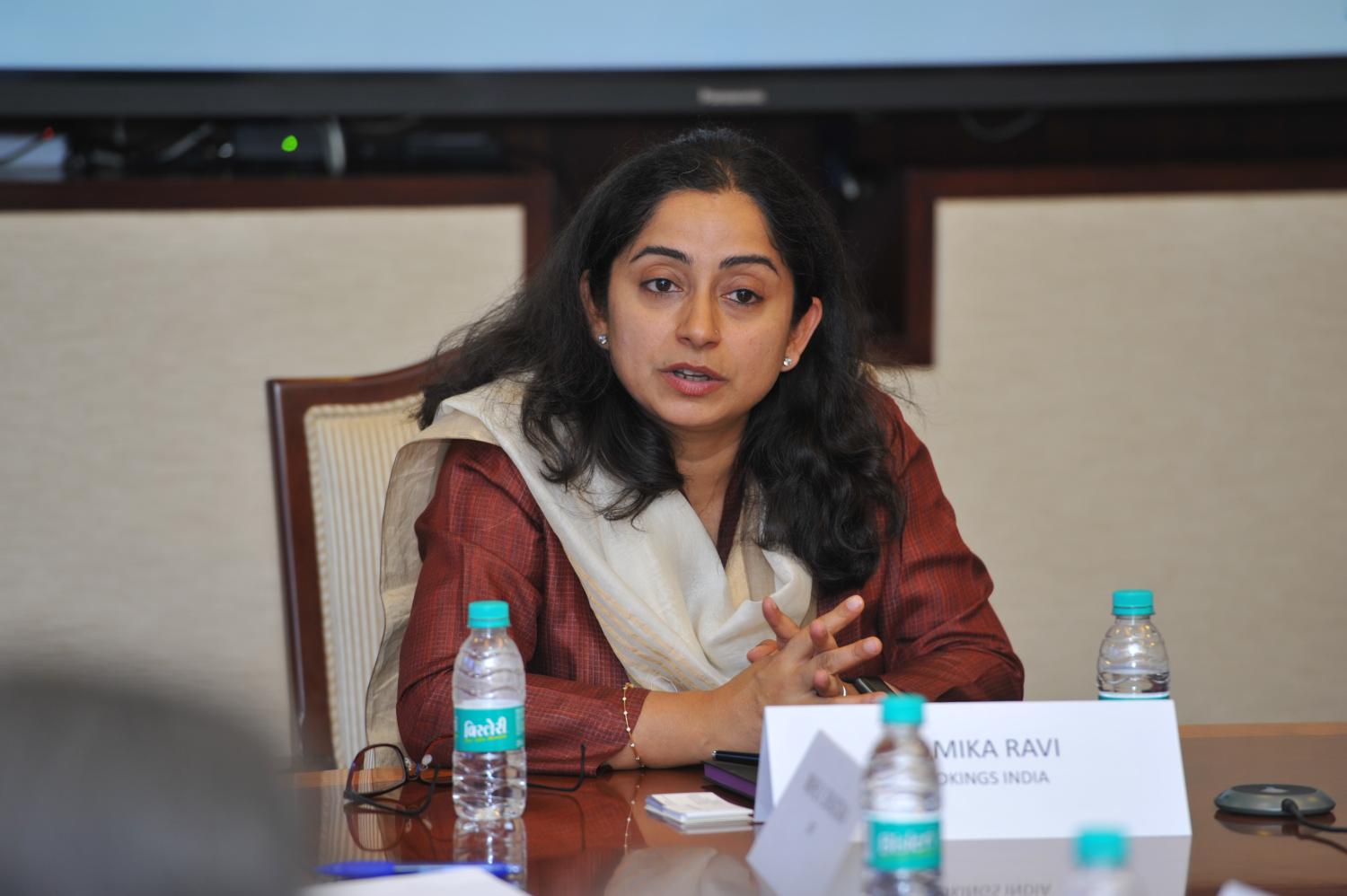

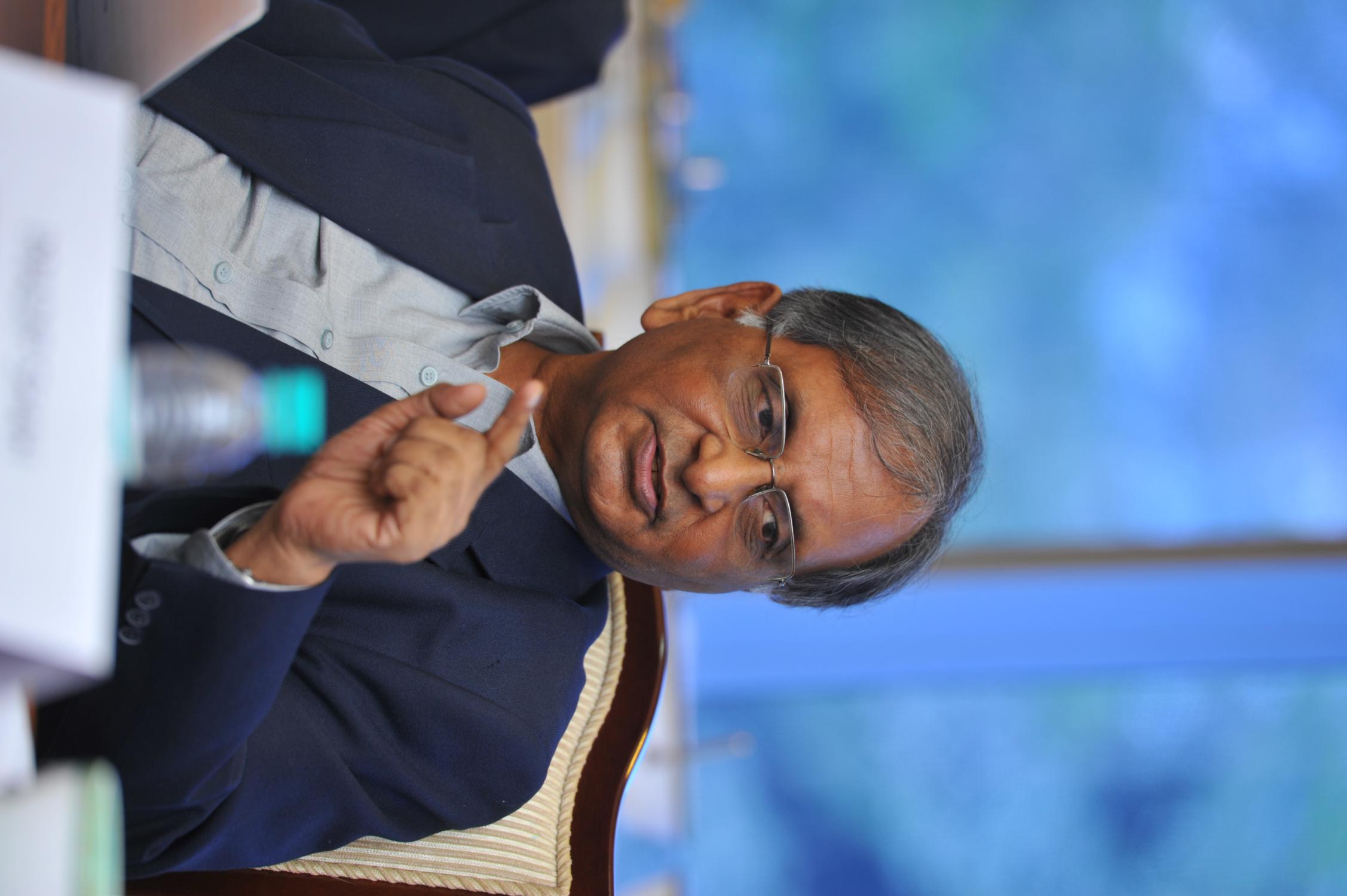

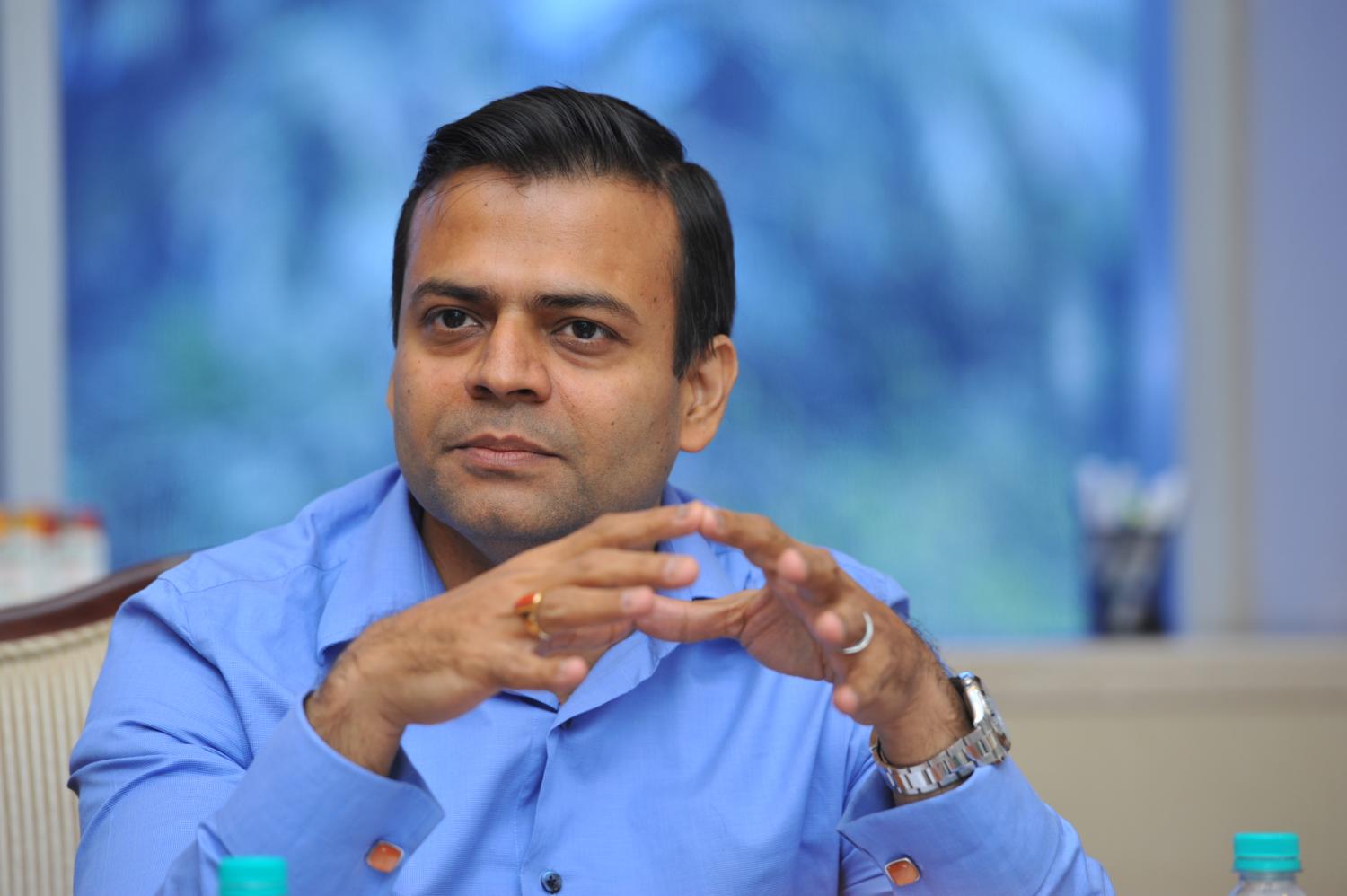


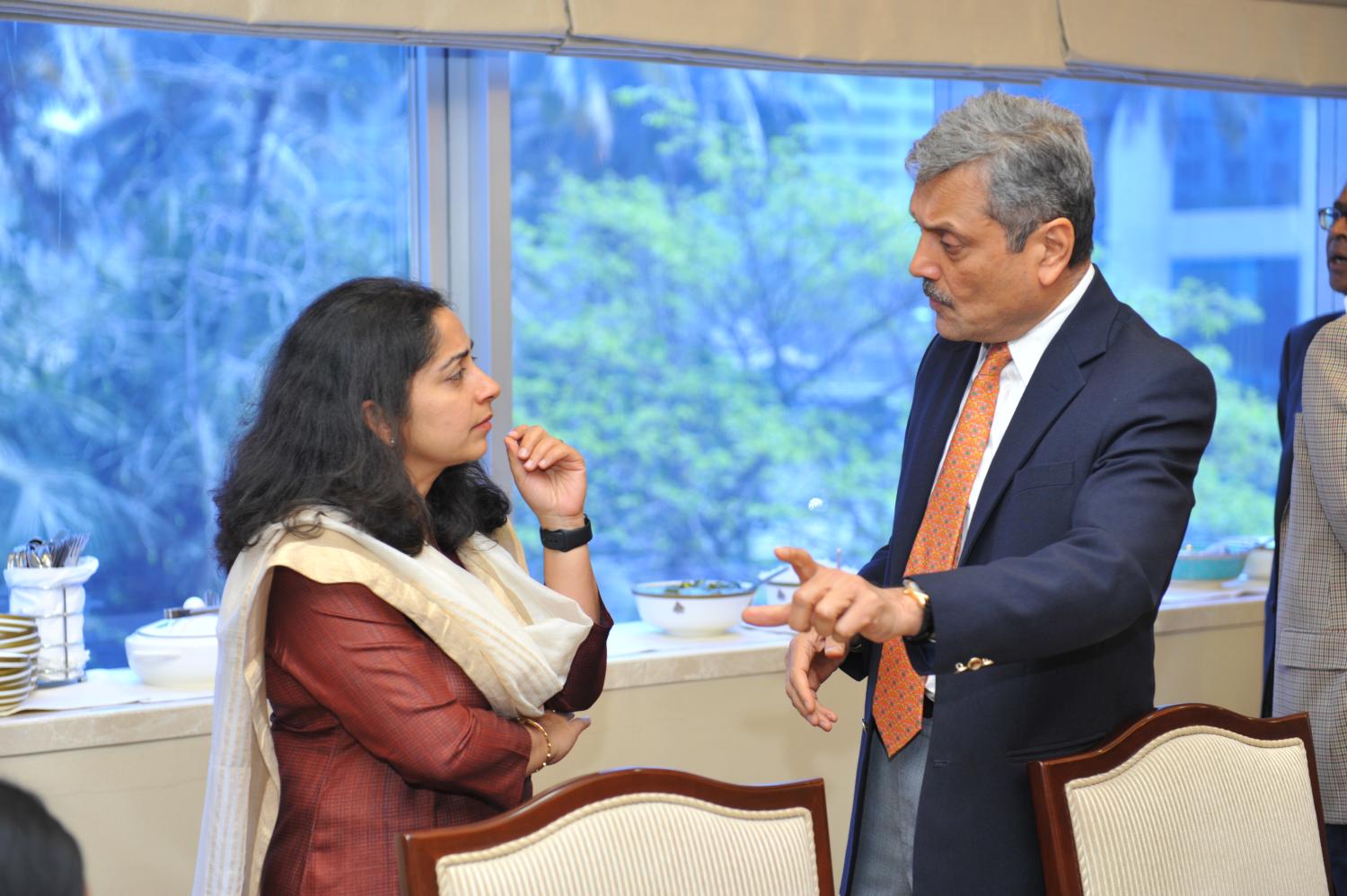

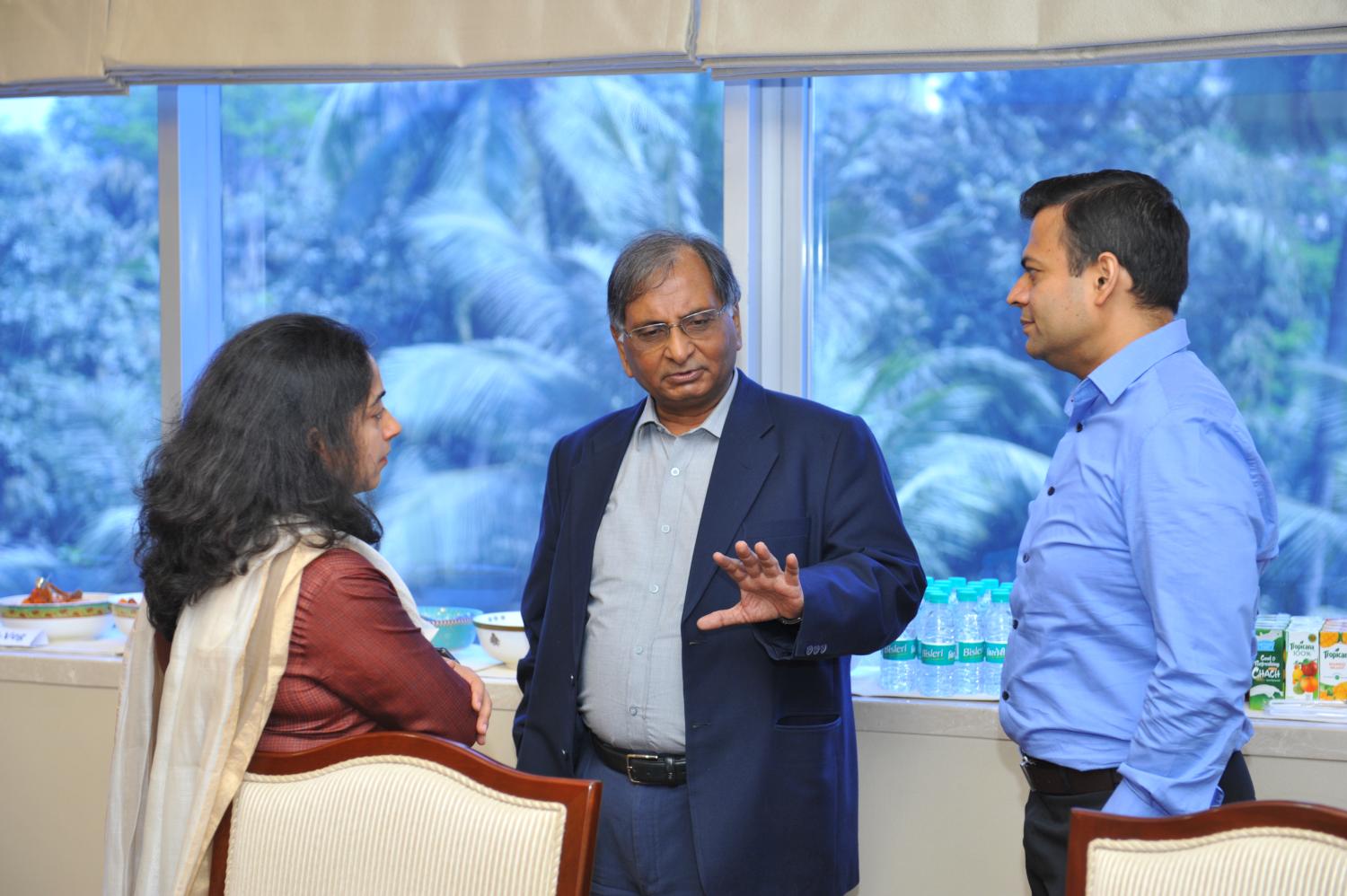
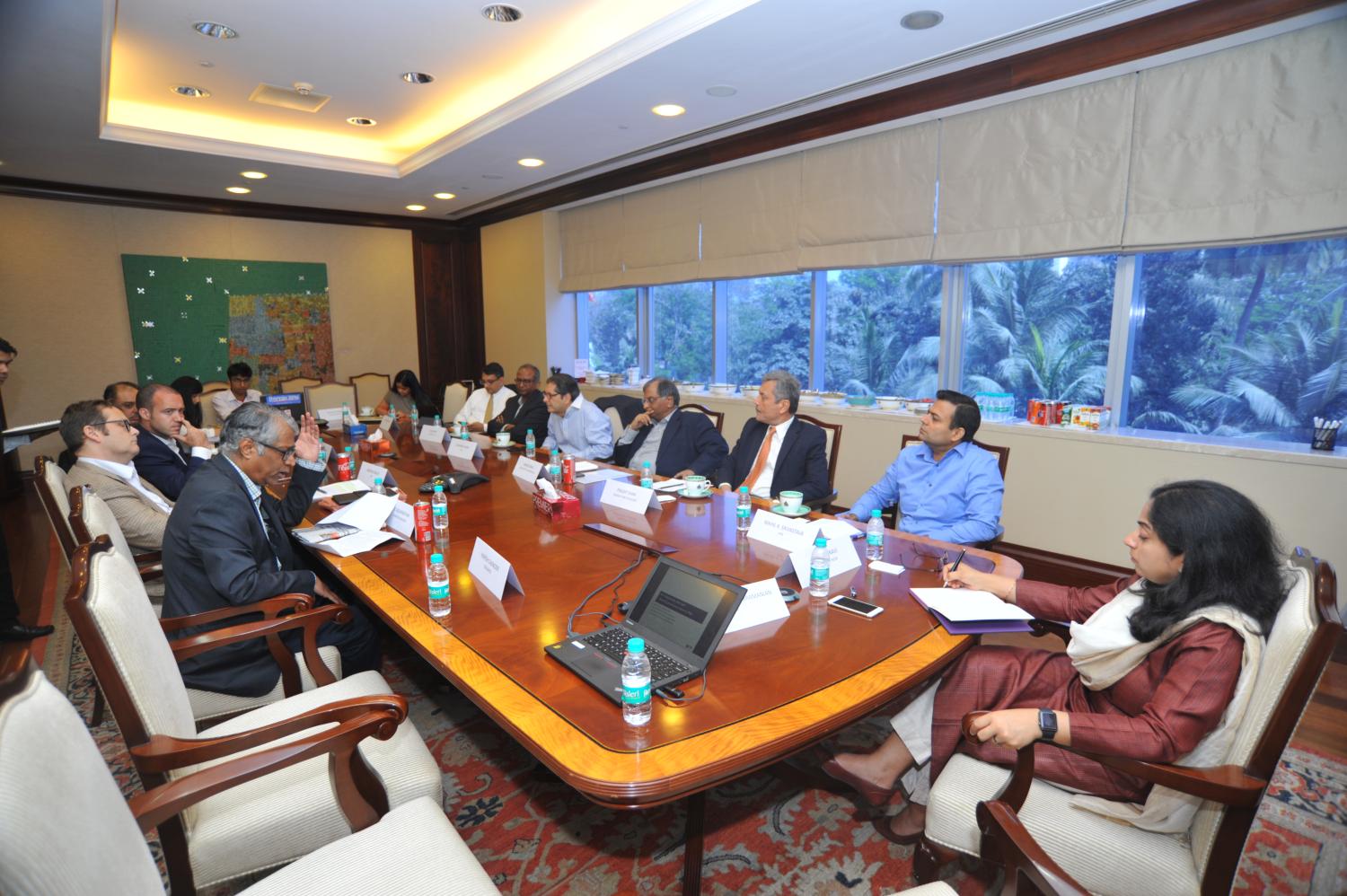





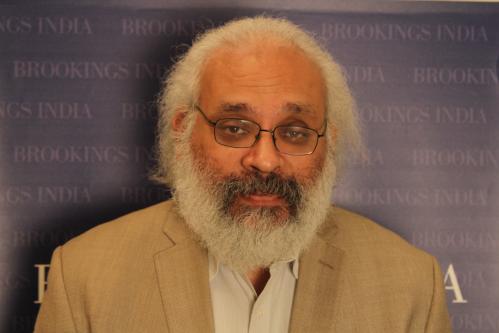







Commentary
How to solve issue of rising non-performing assets in Indian public sector banks
March 1, 2018